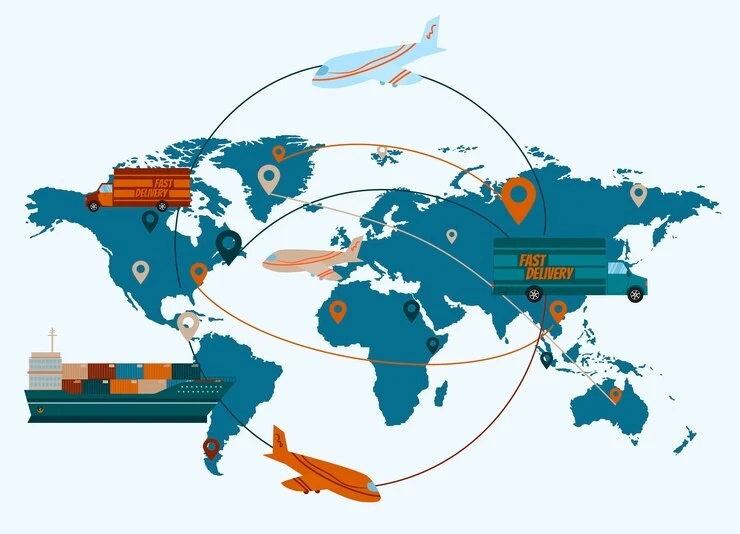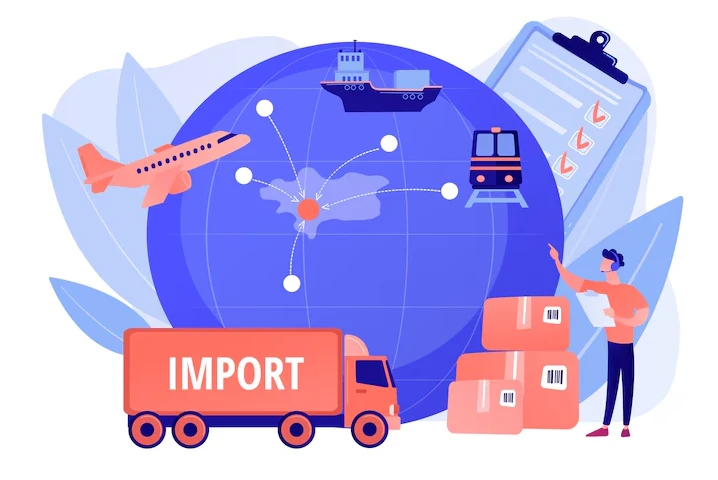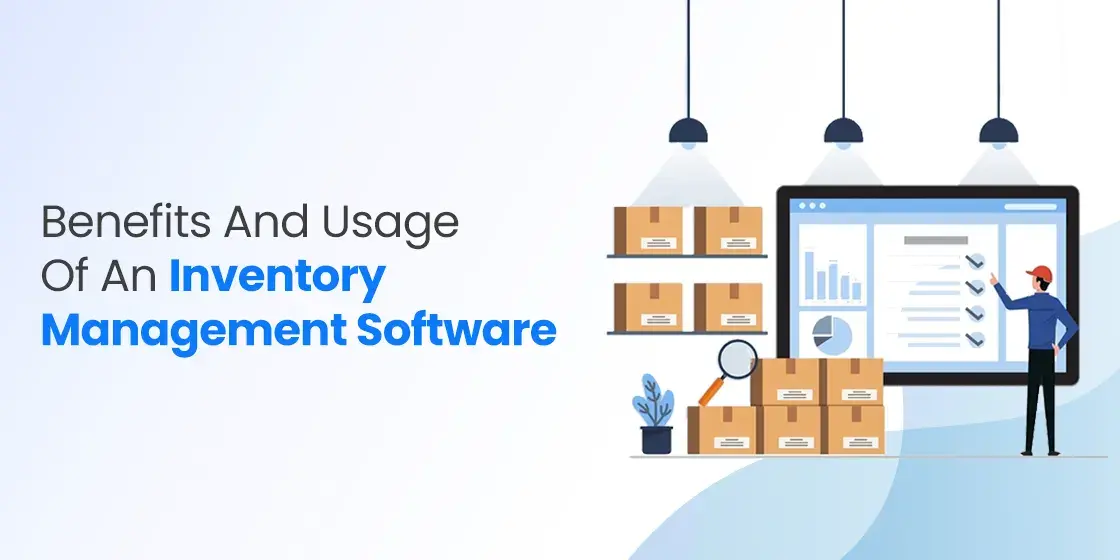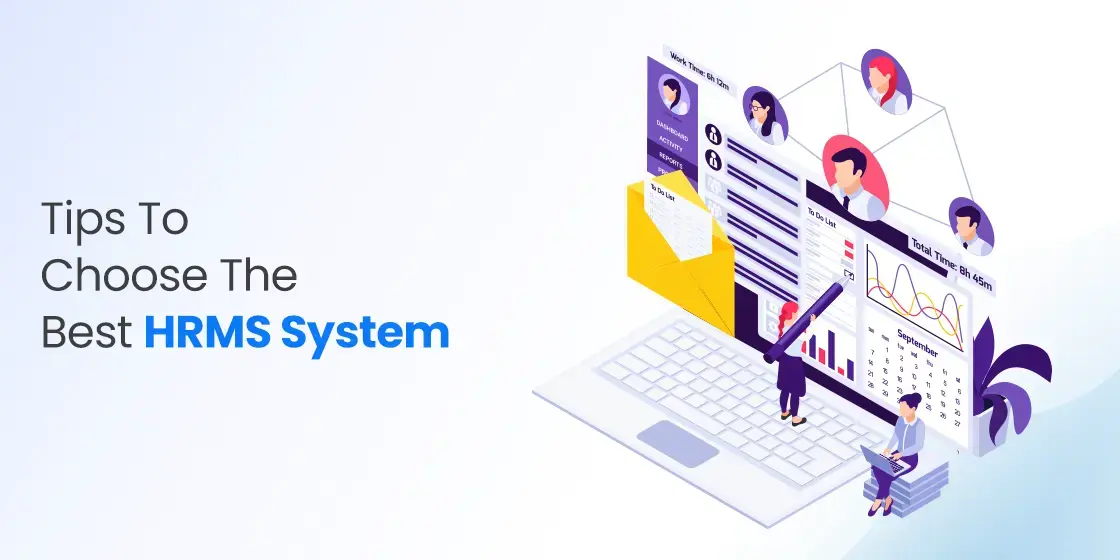Table of Content
Discover How to Leverage the Benefits of Demand Planning Software to Your Advantage
Imagine having the ability to predict exactly what your customers will want, when they’ll want it, and how much they’ll buy – all while cutting inventory costs by up to 30% and achieving forecast accuracy improvements of 25%. Modern businesses experience that reality when they harness the power of demand planning software. Today, volatility like supply chain disruptions and changing consumer behavior have become the norm, and companies can not rely on gut feelings or spreadsheet-based guesswork to manage their inventory.
The benefits of demand planning solutions extend beyond simple inventory management, transforming entire business operations through data-driven insights and automated decision-making processes. Research shows that businesses can save greater than 10% of their current inventory value while simultaneously improving service levels and customer satisfaction rates.
What makes these software so powerful is their ability to process enormous amounts of data – from historical sales patterns and seasonal trends to social media sentiment and economic indicators. They transform this information into actionable forecasts that drive profitable business decisions. Let’s explore the comprehensive advantages of these solutions, and discover how leading enterprise software development services revolutionize and achieve sustainable competitive advantage.
Benefit# 1 – Enhanced Forecasting Accuracy and Reliability

One of the most significant benefits of demand planning software lies in its ability to dramatically improve forecasting accuracy through advanced algorithms and machine learning capabilities. Demand planning software uses multiple data sources to forecast the future need for products, including previous customer purchasing patterns and trends, customer demographics, seasonal purchasing patterns, marketing and promotional activities, and any new product launches. This comprehensive approach typically results in forecast accuracy improvements of 15-25%, which directly translates to substantial bottom-line benefits.
Modern demand planning systems leverage artificial intelligence to identify trend changes and pick up the smallest variations that might otherwise go unnoticed by human analysts. Machine learning algorithms can analyze vast datasets and do so based on specified scenarios, continuously improving their predictions as they process more information. These systems incorporate external factors like weather patterns, economic trends, and social media activities to produce precise forecasts that enable inventory reductions without risking stockouts.
The reliability of AI-powered forecasting becomes particularly evident in complex scenarios involving multiple variables and interdependencies. Companies like Coca-Cola Europacific Partners have achieved a 6% increase in forecast accuracy after implementing SAP’s AI-powered demand planning tools, while also improving order completion rates and on-time deliveries by 2%. This enhanced accuracy provides the foundation for all other operational improvements and cost savings that demand planning software delivers.
Benefit# 2 – Significant Inventory Cost Reduction
Demand planning software delivers substantial cost savings through optimized inventory management, with companies typically achieving inventory reductions of 9-14% while maintaining or improving service levels. Demand planning software helps companies reduce the cost of carrying inventory because the technology can help companies order the right amount of product instead of over-ordering, while also monitoring existing inventory levels and comparing them with forecasts to automatically increase orders if needed.
The financial impact of inventory optimization via enterprise software development extends beyond simple holding cost reductions to encompass working capital improvements and cash flow optimization. One Netstock customer reduced excess stock value by nearly half in just six months, while another aviation equipment contractor reduced material costs by $187,000 through better demand forecasting and vendor negotiations. These savings result from eliminating overstock situations, reducing dead stock, and minimizing emergency expediting costs.
Strategic inventory management through demand planning software also reduces storage and warehousing costs by optimizing space utilization and minimizing handling requirements. Companies can confidently reduce safety stock levels knowing their forecasting accuracy provides adequate protection against stockouts. The software enables businesses to achieve the ideal balance between too much and too little stock, freeing up capital for strategic investments while maintaining customer satisfaction through improved product availability.
Partner with our software development specialists to pioneer custom solutions that drive your business forward.
Request Your Solution
Benefit# 3 – Improved Customer Satisfaction and Service Levels
Enhanced customer satisfaction represents a critical benefit of demand planning software that directly impacts long-term business success and customer retention rates. Demand planning software can help improve consumer satisfaction because carrying out demand planning helps ensure product availability, while also speeding up order fulfillment by optimizing warehouse operations, potentially enabling customers to receive orders more quickly.
The connection between accurate demand planning and customer satisfaction becomes evident through improved service metrics and reduced stockout incidents. Studies show that 87% of customer service teams report that customer expectations are higher than ever, making reliable product availability essential for maintaining competitive advantage. Demand planning software helps prevent stockout situations by predicting exactly how much inventory businesses need on hand and when to place orders to ensure optimal inventory levels.
Customer trust and loyalty improve significantly when businesses consistently meet demand without disappointing customers with “sold out” notifications or delivery delays. Companies using demand planning software report substantial improvements in on-time delivery rates, with some achieving 20% increases in delivery performance. This reliability creates positive customer experiences that drive repeat purchases and strengthen brand loyalty, ultimately contributing to sustainable revenue growth and market share expansion.
Benefit# 4 – Streamlined Operations and Process Efficiency

Demand planning software transforms operational efficiency by automating manual processes and providing real-time visibility into supply chain operations. By strategically planning inventory parameters, planners spend less time managing outputs from their ERP systems and have more time to focus on value-added activities, while considerable timesavings’ result from reducing the number of emergency out-of-stock events that drain resources.
Process automation eliminates the time-consuming tasks associated with manual forecasting and inventory management, allowing teams to focus on strategic planning and exception management rather than routine data manipulation. Companies implementing demand planning solutions typically experience significant reductions in time spent on creating and managing forecast processes, though these efficiency gains often result in redeployment rather than hard labor cost savings.
The software’s ability to integrate with existing systems creates unified workflows that eliminate data silos and improve collaboration across departments. Demand forecasting software should connect with all supply chain software, including Enterprise Resource Planning (ERP), Customer Relationship Management (CRM), and warehouse management systems, ensuring real-time data updates and providing everyone access to the most current information. This integration fosters better communication, enables just-in-time adoption, and supports improved production planning across the organization.
Benefit# 5 – Advanced Data Integration and Analytics
Modern demand planning software excels at consolidating data from multiple sources to create comprehensive views of market dynamics and customer behavior. Data integration capability enables corporations to seamlessly mix information from various sources, including ERP systems, CRM platforms, and external market research, providing a unified view critical for accurate demand forecasting. This capability proves particularly crucial in industries like retail and manufacturing, where real-time data on sales, inventory, and supply chain activities directly influences planning accuracy.
The analytics capabilities of such enterprise application development examples extend beyond basic reporting to provide actionable insights through advanced statistical models and predictive analytics. These systems connect with real-time information sources like point-of-sale software and social media monitoring systems, identifying sales trends and providing dynamically changing views of future demand. External elements like weather patterns, social media activities, and economic trends are factored into sophisticated algorithms that continuously refine predictions.
Visualization tools and dashboards make complex data sets accessible to users across different skill levels, enabling faster decision-making and improved collaboration. Effective visualization tools like graphs and charts allow users to easily understand complex data sets and identify trends, while shared dashboards encourage interdepartmental communication and knowledge sharing. This accessibility ensures that insights from demand planning software can be leveraged throughout the organization to drive coordinated responses to market changes.
Benefit# 6 – Supply Chain Optimization and Collaboration
Demand planning software serves as a central hub for supply chain coordination, enabling better collaboration between internal departments and external partners. Some demand planning software integrates with systems and business processes across supply chain partners, making collaboration easier to carry out while improving visibility and coordination throughout the entire value chain. This integration enables consensus forecasting that encourages interdepartmental communication and allows suppliers to use demand forecasts for production planning and disruption reduction.
The collaborative benefits extend to vendor relationships and procurement optimization, where shared forecasts enable better negotiations and planning coordination. Forecasting provides a stronger foundation for negotiating with vendors by using statistical forecasts and estimates of best and worst-case demand scenarios to establish mutual expectations between suppliers and customers. This transparency helps suppliers optimize their own production schedules while enabling buyers to secure better terms and pricing through improved visibility into future requirements.
Supply chain resilience improves significantly through scenario planning capabilities that help businesses prepare for various market conditions and disruptions. Companies can use the software to plan scenarios and gauge the impact of disruptions like market shifts and supplier delays, identifying risks and making contingency plans to maintain profitability and customer satisfaction. This proactive approach to supply chain management enables rapid responses to unexpected events while maintaining operational continuity.
Benefit# 7 – Real-Time Monitoring and Adaptability

The ability to monitor demand patterns and adjust plans in real-time represents a crucial benefit of demand planning software in today’s fast-paced business environment. Demand planning software operates in real-time, meaning businesses instantly know of any bottlenecks or disruptions and can quickly adjust plans to navigate challenging situations. This responsiveness enables companies to capitalize on unexpected opportunities while mitigating potential risks before they affect operations.
Adaptive capabilities allow demand planning systems to scale and shift with business growth and changing market conditions. The software is designed to grow with businesses and accommodate evolving needs, ensuring companies remain agile and competitive as they expand into new markets or product categories. For businesses entering new markets, demand planning software can analyze regional trends, preferences, and logistics requirements to support successful expansion strategies.
Exception-based management features alert users to significant deviations from expected patterns, enabling proactive intervention when needed. Automated demand forecasting combines with exception-based and collaborative workflows to better manage new product introductions, seasonal variations, promotions, and forecast discrepancies. This capability ensures that management attention focuses on situations requiring human intervention while routine operations continue automatically according to established parameters.
Benefit# 8 – Measurable ROI and Financial Benefits
The financial returns from implementing demand planning software are both substantial and measurable, with most companies achieving payback within 18-24 months of implementation. Research indicates that businesses typically achieve ROI of up to 63% annually after three years of implementation, especially with the best demand planning software used today. These returns result from multiple sources including inventory reduction, improved service levels, and operational efficiency gains.
Quantifiable benefits include significant inventory cost savings, with companies typically reducing inventory values by 10-30% while maintaining or improving service levels. A 15% forecast accuracy improvement typically delivers a 3% or higher pre-tax improvement, demonstrating the direct connection between better planning and bottom-line results. Additional savings come from reduced emergency shipping costs, lower storage requirements, and improved working capital management.
The compound nature of demand planning benefits means that improvements in one area often amplify gains in others, creating synergistic effects that exceed the sum of individual improvements. For example, better forecast accuracy leads to reduced inventory costs, which improves cash flow, which enables better supplier negotiations, which further reduces costs and improves service levels. This virtuous cycle helps explain why companies often report ROI figures that exceed initial projections as the benefits compound over time.
Implementation and Getting Started

Successfully implementing demand planning software or any kind of logistics management software requires careful planning and stakeholder alignment to maximize the benefits of demand planning software from day one. The implementation process typically involves three key phases: preparation and planning, vendor selection, and adoption with training, with each phase requiring careful attention to ensure successful outcomes.
Preparation begins with conducting comprehensive data audits to assess quality, accuracy, and relevance of existing information sources. Organizations must identify data sources, evaluate completeness, and cleanse outdated or incorrect information before implementation begins. This foundational work ensures that the demand planning software has clean, reliable data to work with from the start, maximizing forecast accuracy and system effectiveness.
Change management strategies help staff transition to new systems while addressing concerns and providing ongoing support for smooth adoption. Pilot testing with small user groups allows organizations to identify issues and gather feedback before full-scale rollout, while establishing feedback loops ensures continuous improvement and optimization of demand planning processes. Most successful implementations involve dedicated customer success management and take anywhere from one to three days for basic setup, though complex organizations may require longer implementation periods.
Frequently Asked Questions
| How quickly can businesses see ROI from demand planning software? Most businesses achieve ROI from demand planning software within 18-24 months, with some seeing payback in as little as 15 months. Research shows that companies typically break even after about 9 months of formalized implementation, with benefits gradually increasing over time. The fastest returns usually come from inventory reduction and improved forecast accuracy, while long-term benefits include enhanced customer satisfaction and operational efficiency. |
| What level of forecast accuracy improvement can companies expect? Companies implementing demand planning software typically see forecast accuracy improvements of 15-25%, with some achieving even higher gains depending on their starting point and implementation quality. Even small improvements deliver significant value, with research indicating a 15% accuracy improvement delivering 3% or greater profit improvement. |
| How much can businesses reduce inventory costs with demand planning software? Inventory cost reductions typically range from 10-30%, with many companies achieving savings of greater than 10% of their current inventory value. These reductions come from optimized safety stock levels, reduced overstock situations, elimination of dead stock, and improved working capital management without compromising service levels. |
| What size businesses benefit most from demand planning software? Demand planning software benefits businesses of all sizes, but the advantages become more common for companies with complex supply chains or seasonal demand patterns. While companies with $50+ million in revenue often see the most ROI, smaller businesses can achieve significant benefits too. |
| How does demand planning software integrate with existing business systems? Modern demand planning software is designed to integrate seamlessly with existing ERP, CRM, and warehouse management systems through pre-configured connectors and APIs. These integrations ensure real-time data flow and eliminate the need to replace existing systems. |
Conclusion
The benefits of demand planning software represent a transformative opportunity for businesses seeking to optimize their supply chain operations and achieve sustainable competitive advantages. From dramatic improvements in forecasting accuracy and inventory cost reductions to enhanced customer satisfaction and measurable ROI, these solutions deliver comprehensive value that extends throughout the organization. Companies implementing demand planning software typically see forecast accuracy improvements of 15-25%, inventory reductions of 10-30%, and ROI of up to 63% annually.
As market volatility and customer expectations continue to evolve, the ability to predict and respond to demand changes becomes increasingly critical for business success. The integration of artificial intelligence, machine learning, and real-time data analytics in modern demand planning solutions provides unprecedented capabilities for understanding and anticipating market dynamics. Organizations that embrace these technologies position themselves to thrive in uncertain environments while building resilient, efficient, and customer-focused operations.
The time to act is now – waiting for perfect conditions or absolute certainty will only put your business further behind competitors who are already leveraging these powerful tools. Start by evaluating your current forecasting accuracy, inventory turnover rates, and customer satisfaction metrics to establish baseline measurements. Then explore demand planning solutions that align with your business size, industry requirements, and growth objectives to begin capturing these substantial benefits for your organization.

Empower your digital journey with StruqtIO - Your dedicated partner for cutting-edge custom software development, innovation, and digital transformative solutions. Harness the power of technology to elevate your business and redefine your digital landscape today.


